By : Ali Farkhan Tsani, Ambassador of Al-Quds, Senior Editor of MINA News Agency
The awakening of the awareness of the Muslims to liberate the Al-Aqsa Mosque, Jerusalem and Palestine as a whole, was initiated by Imaduddin Atabiq Zanki al-Malik al-Mansur bin Aq Sunqur al-Hajib (1085-1146).
His father was governor of Aleppo, (Syria, Sham), under the ruler Malik Shah I, Sultan of the Seljuq Empire (1072-1092).
Imaduddin Zanki’s leadership began when he united the two powers of the cities of Mosul and Aleppo in 1127-1128.
Also Read: The Forty-Four-Days of Glory: Azerbaijan’s Struggle for Justice and Peace
According to the commentator and historian, Ibn Kathir, Imaduddin Zanki was an accomplished figure, highly respected by his troops, civilians and did not persecute the weak.
He was also known to be very brave and strong in conquering other kingdoms around him to unite and submit to the teachings of Islam. But he is also known to be gentle with women and be generous to his subordinates.
He laid the foundations of development and continuously ignited a great and strong fighting spirit in the effort to liberate the countries from northern Syria to northern Iraq, which at that time were part of the Crusaders’ occupation.
In his efforts to continue the effort to liberate the Sham region through the conquest of the city of Damascus, Syria, in 1145, Imaduddin Zanki was killed by an intruder in 1146.
Also Read: Palestine Solidarity Month: A Collective Movement for Al-Aqsa and Palestine’s Freedom
The leadership of the struggle after his death was continued by his two sons, Saifuddin Ghazi Zanki in Mosul and Mahmoud Nuruddin Zanki in Aleppo and in Damascus.
His son who stands out for his leadership is Nuruddin Zanki. He continued his father’s dream to free Jerusalem from the clutches of the Crusaders.
His full name and title is Al-Malik Al-Adil Nuruddin Abul Qasim Mahmud bin Imaduddin Atabeg Zanki bin Aq Sunqur Al-Hajib. His age was 56 years (February 1118 – May 1174).
His nickname is Abu Qasim and he is nicknamed Nur ad-Din (Light of Religion) and the just king (Al-Malik Al-Adil).
Also Read: Hassan al-Turabi: A Controversial Thinker from Sudan
He played a very important role in improving the condition of the Muslim community in Syria which was previously preoccupied with internal conflicts and sectarian disputes.
He conquered the people with the piety and great values of Allah. Its military strength is not equipped with great and special physical weaponry. But he has a weapon that is far more thrilling to his enemies, namely the power of prayer and worship.
His piety and gentle ways enabled Nur ad-Din Zanki to unite all of Syria into one government, after the region had been divided and hostile to each other for more than half a century.
In addition to his spiritual strength, Nuruddin Zanki is also known for his physical strength. He proved by his extraordinary skills in riding and leading directly on the battlefield.
Also Read: Who Exactly is the RSF Group Shaking Sudan?
At the end of his life, Imaduddin Zanki died in 570 H or 1174 AD, due to illness.
The Muslims in the Sham region (starting from the areas of Lebanon, Syria, Palestine, to Egypt) at that time asked Nuruddin’s student, namely Saladin Al-Ayyubi to carry out the mandate to become Sultan in Syria.
Later Saladin succeeded in realizing the ideals of Nuruddin Zanki and Imaduddin Zanki, namely to free Al-Aqsa from the occupation of the Crusaders.
Saladin Continues Zanki’s Struggle
Also Read: The Two-State Solution (Palestine–Israel) in Historical Perspective
His full name Yusuf bin Najmuddin Al-Ayyubi (born 1138 AD – died March 4, 1193) was a Muslim commander and fighter who came from Tikrit (northern Iraq).
Saladin continued the struggle of his predecessor Nuruddin Zanki, and his predecessor Imaduddin Zanki.
He was successful in the Battle of Hittin (3-4 July 1187), one of the most important periods of the history of the Crusade. The Muslim troops at that time under the leadership of Saladin Ayyubi managed to defeat the Crusaders and liberate the area of Jerusalem.
Of course not immediately in two days of fighting in the field. But through a long and complex process that has been carried out by Commander Saladin.
Also Read: Enchanted by K-Dramas, Dragged into Slander: Time for Muslims to Rise!
According to the Aqsainsitute, there are 9 (nine) keys to the success of his business, namely:
1. Maintain a clean heart.
Intentions that are straight, sincere and only oriented to the afterlife and the pleasure of Allah alone, have always been emphasized by Saladin.
2. Keeping the night prayer (tahajjud).
Also Read: Creating Opportunity and Avoiding Misery; Lesson Learn on Waste Recycling Issue
Bahauddin bin Syaddad, Saladin’s main advisor, said that Saladin always performed the night prayer (tahajjud) and was very happy to hear the reading of the Quran. In between battles, he often sat listening to the reading of the Quran that his soldiers read until he shed tears.
3. Establish brotherhood with all Muslims.
This is especially the one who is in one vision to liberate the Al-Aqsa Mosque. Every Monday and Thursday, Saladin always took the time to attend open meetings attended by fuqaha, qadhi and ulama.
4. Cultivate love for the Three M
Also Read: Between the Treaty of Hudaybiyyah and Ceasefire in Gaza
Saladin always fosters love in the hearts of all Muslims for mosques, especially for the three mosques, namely the Grand Mosque, the Prophet’s Mosque and the Aqsa Mosque.
5. Prepare all abilities
This includes physical, mental, and spiritual abilities.
6. Study the enemy’s strength.
Also Read: Peace Cannot Be Achieved Without a Palestinian State
Saladin studied carefully the strength of the enemies of Allah who fought the Muslims. So there are ways to deal with it.
7. Instill a sense of optimism
Saladin always instills a sense of optimism, confidence, and a passion for struggle to Muslims that Al-Aqsa will definitely be freed if they have a commitment to Islamic law.
For Saladin, liberating the Al-Aqsa Mosque is a big thing that even the mountains will not be able to bear. Losing Masjidil Aqsa for Saladin is like a mother who has lost her biological child, so she goes around alone looking for her child.
Also Read: Facing the Wall: Netanyahu and Ambitions Built on Blood
So he kept going around even though he was alone, calling out to all the Muslims, motivating them to strive to reclaim the Al-Aqsa Mosque.
8. Prepare Cadres
Saladin is very concerned about efforts to prepare his best cadres on an ongoing basis. He prepares the younger generation, even the children in the refugee camps, he is a cadre for jihad to liberate Al-Aqsa by providing proper housing and teaching materials about the Al-Aqsa Mosque.
9. Move Systematically.
Saladin systematically, gradually, and gradually mobilized and mobilized his troops to enter Jerusalem through all directions.
Saladin’s troops moved towards Al-Quds via the western route, then his entire army surrounded Al-Quds. This siege lasted for 12 days so that Saladin’s troops could punch a hole in the fort of Al-Quds on the northeast side.
Thus, the keys to Saladin Al-Ayyubi’s success in liberating the Al-Aqsa Mosque, Jerusalem and Palestine, as well as the Sham region, which can be imitated, followed and passed on by us to the next generation. Amen. (T/RE1)
Source: “Masjidil Aqsa Tanggung Jawab Seluruh Umat Islam” by Imaam Yakhsyallah Mansur dan Ali Farkhan Tsani
Mi’raj News Agency (MINA)





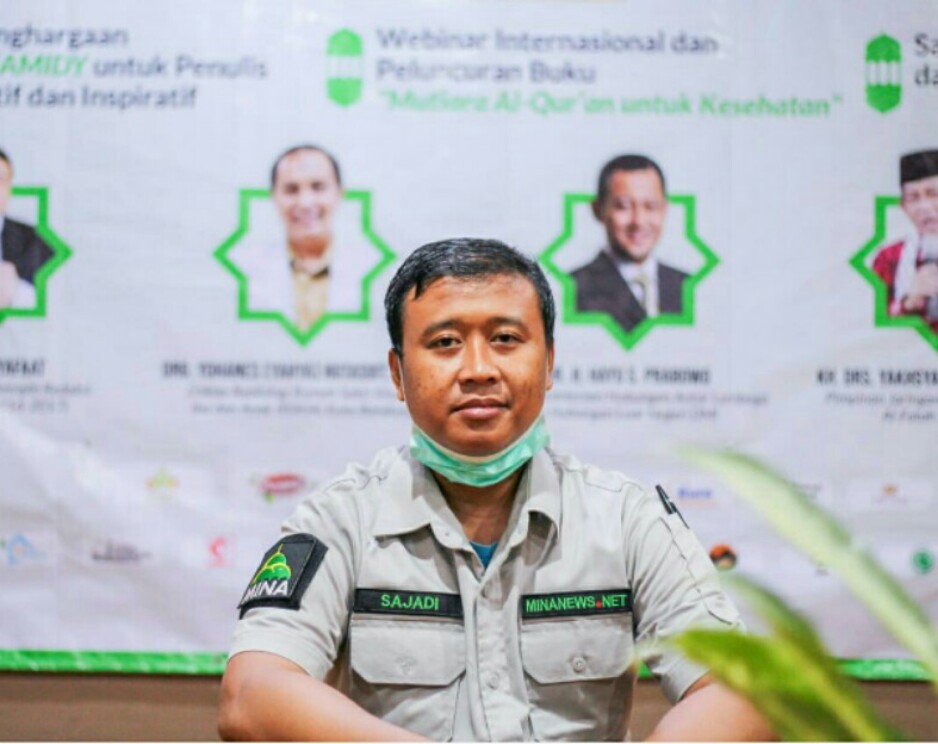
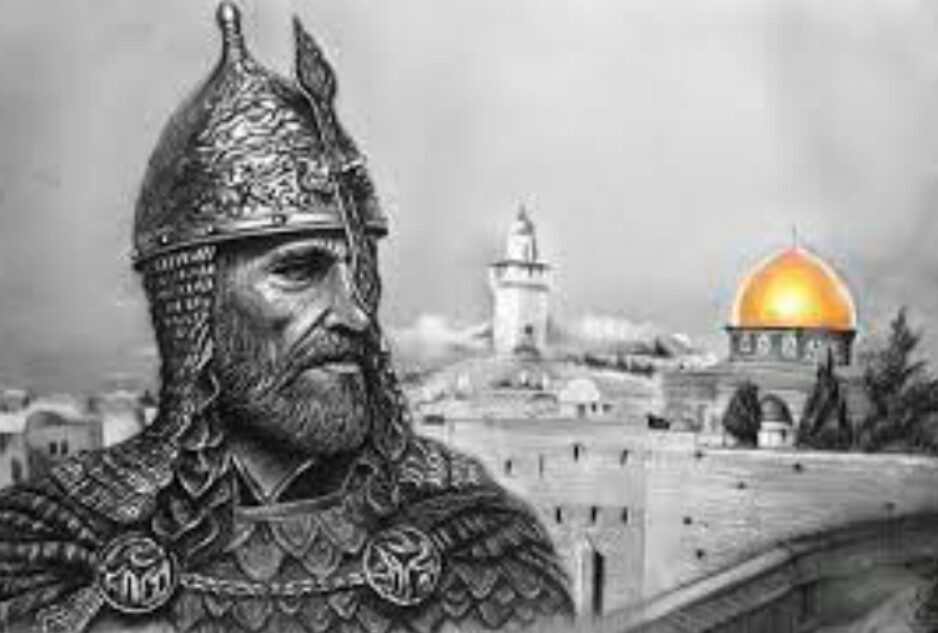

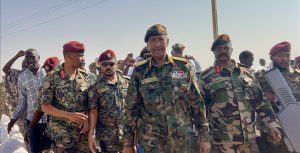

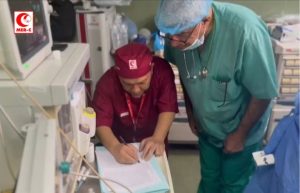
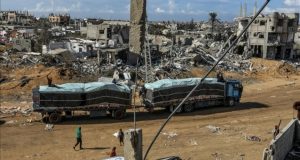
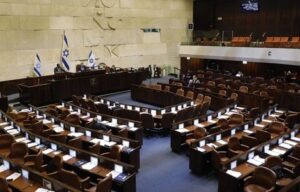
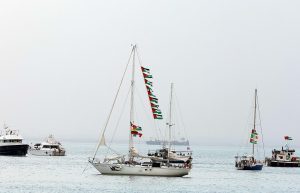

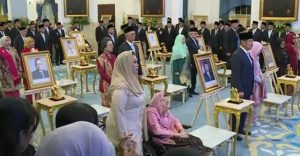
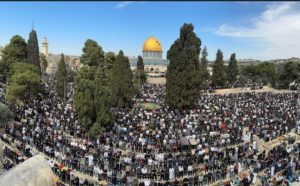
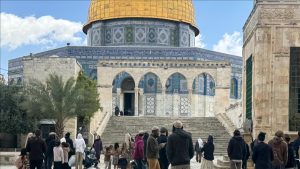

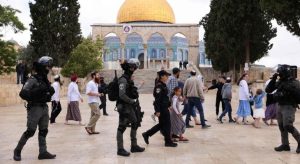
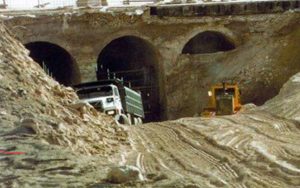





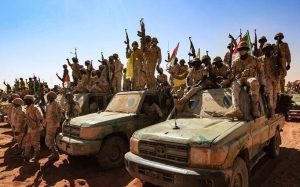
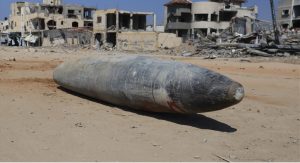
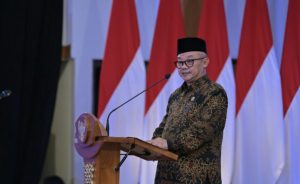

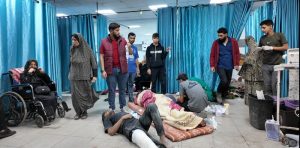




 Mina Indonesia
Mina Indonesia Mina Arabic
Mina Arabic